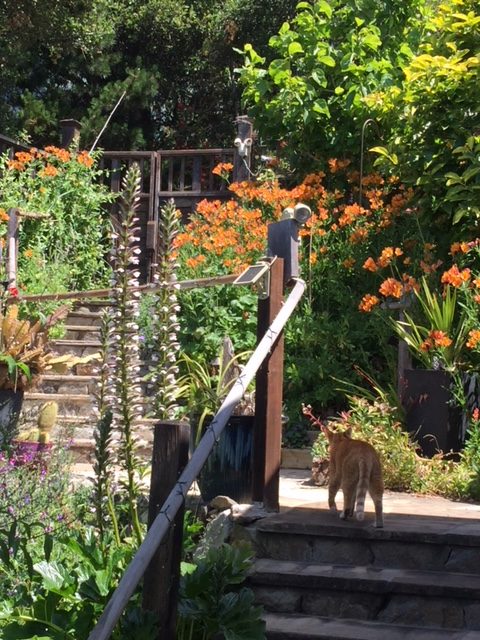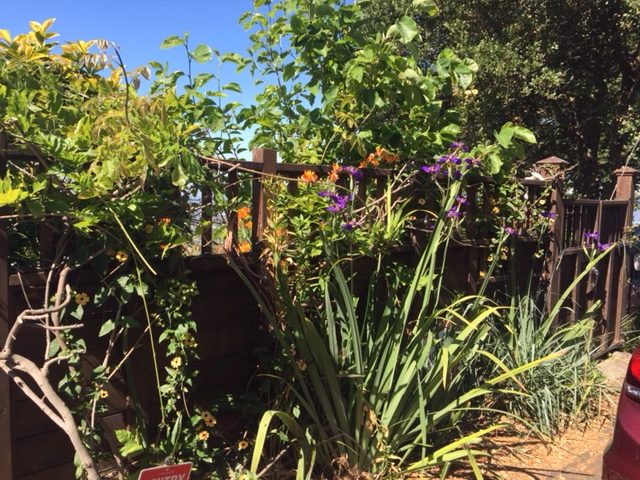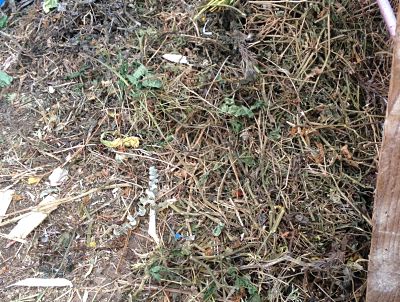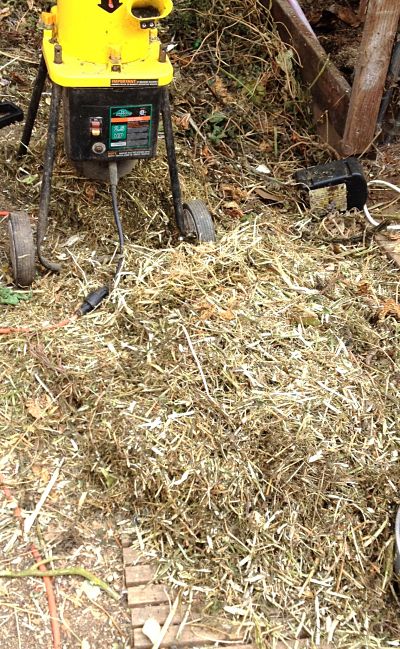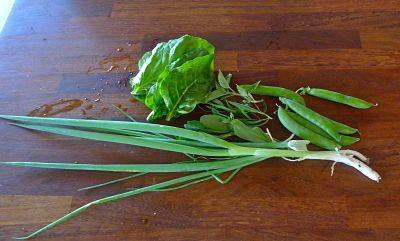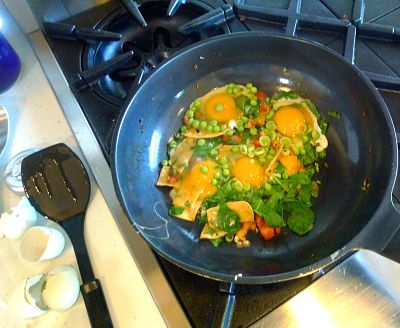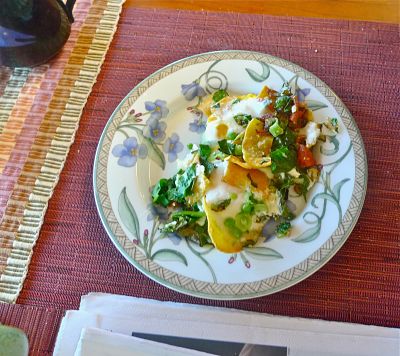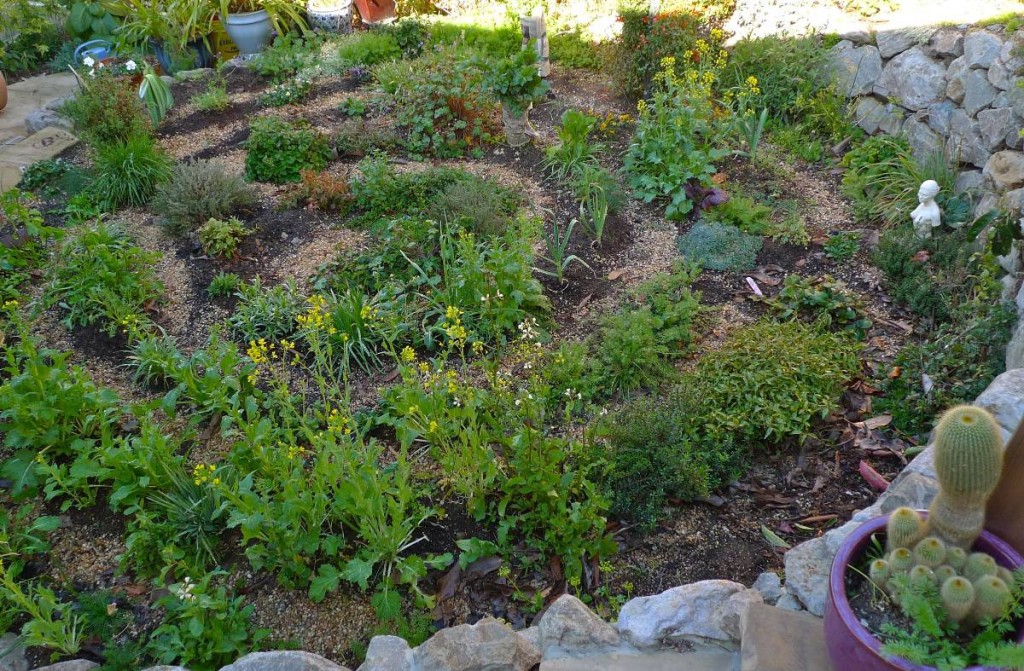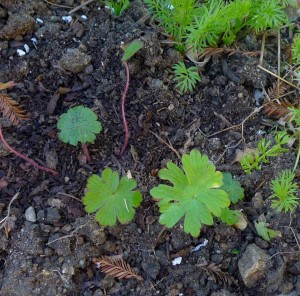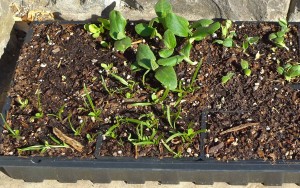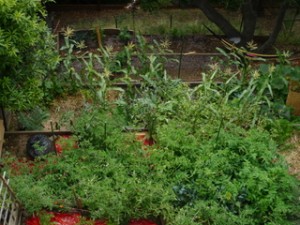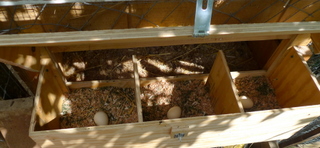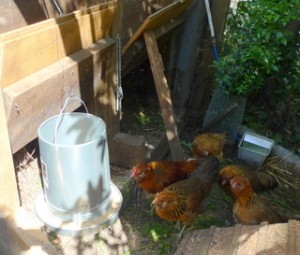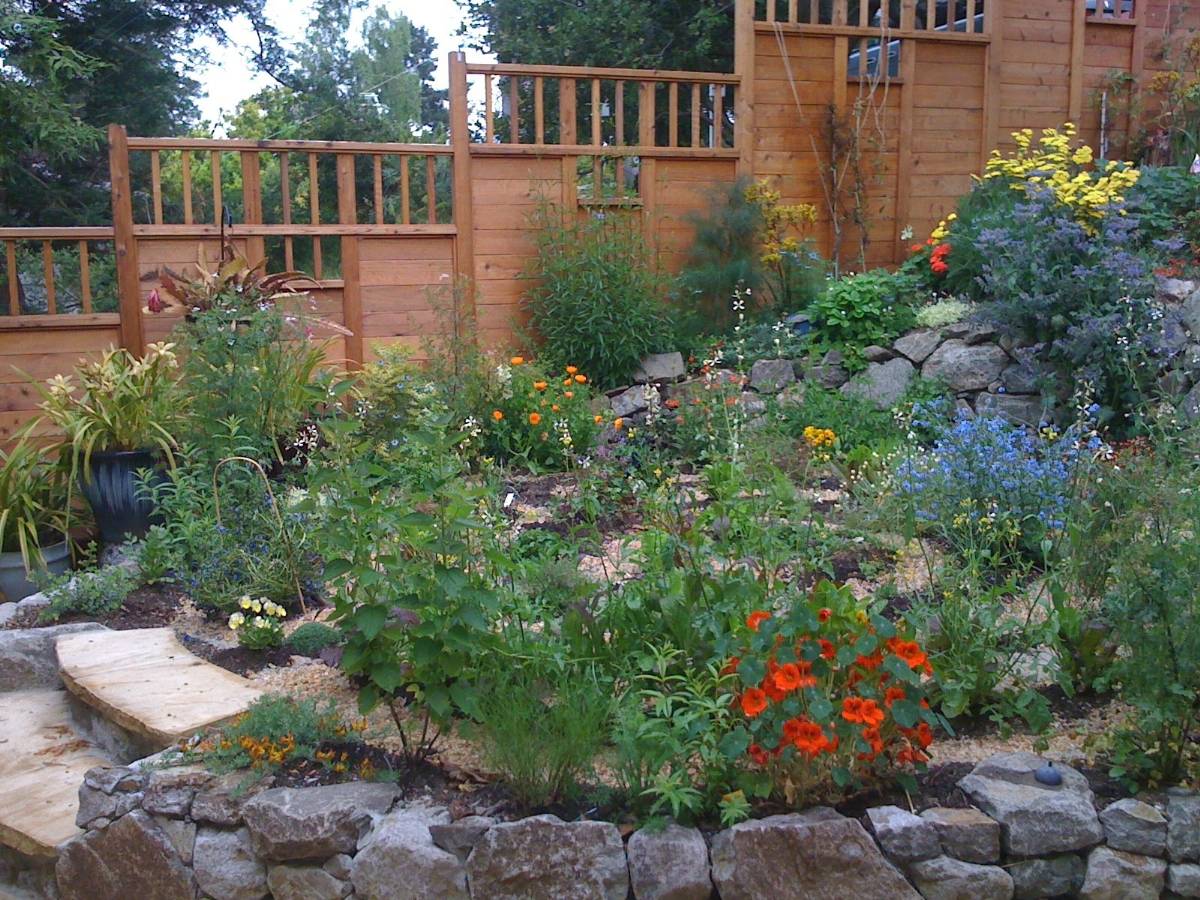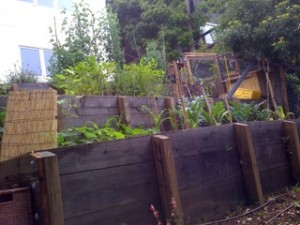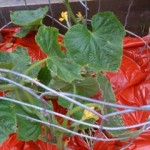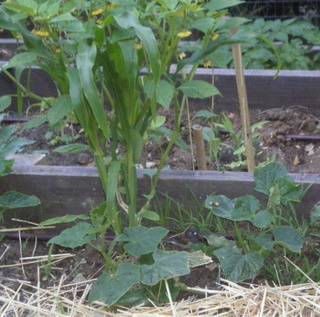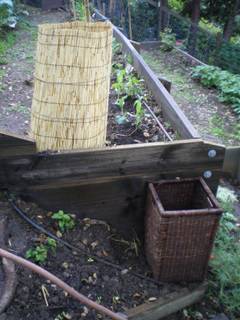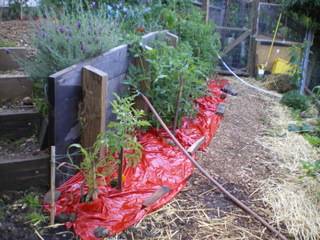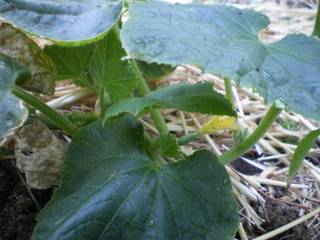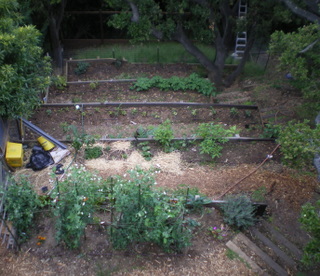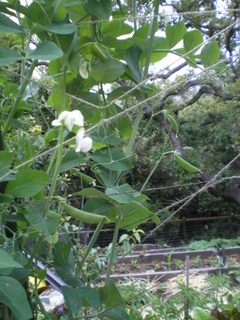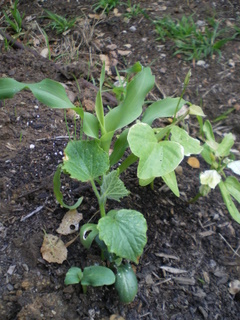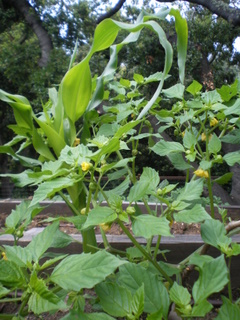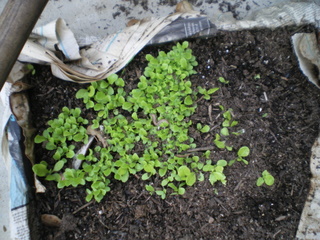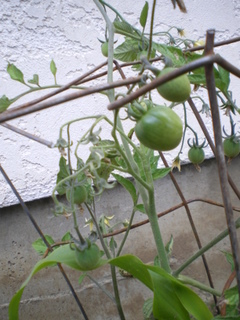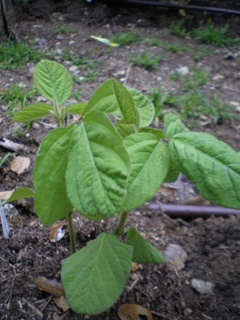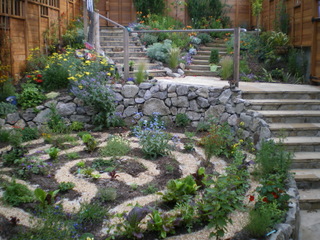The tag line for this blog includes “a labyrinthine life,” because that seems to me the perfect metaphor for the shape of a life. We can always craft stories about what happened afterwards, but while it’s happening, life is mysterious, counter-intuitive, lots of backtracks and strange turns, which is what I find so compelling about labyrinths. I love that the path to the center is not straightforward and that they have no real “reason” for being.
When I visited my friend Maureen about 10 years ago, she had made one in the field next to her house using a lawnmower to cut the circles into the tall grass. Over time, her friends brought her rocks, fragments, small pots, etc. to put in the center. I was so jealous! But I lived in a space with no flat surface. I had a hill, but it was too steep for a labyrinth.
A few years ago we moved, and the house we bought had a space we could make into a small (16’ diameter) labyrinth, a project I’ve been working on since about August of last year. I decided to plant kitchen herbs and small flowers in the labyrinth rows, and modified a plan to fit the space. I cleared and weeded the ground, and took a stick and a string to make the concentric circles, then made the pattern by mounding the dirt:
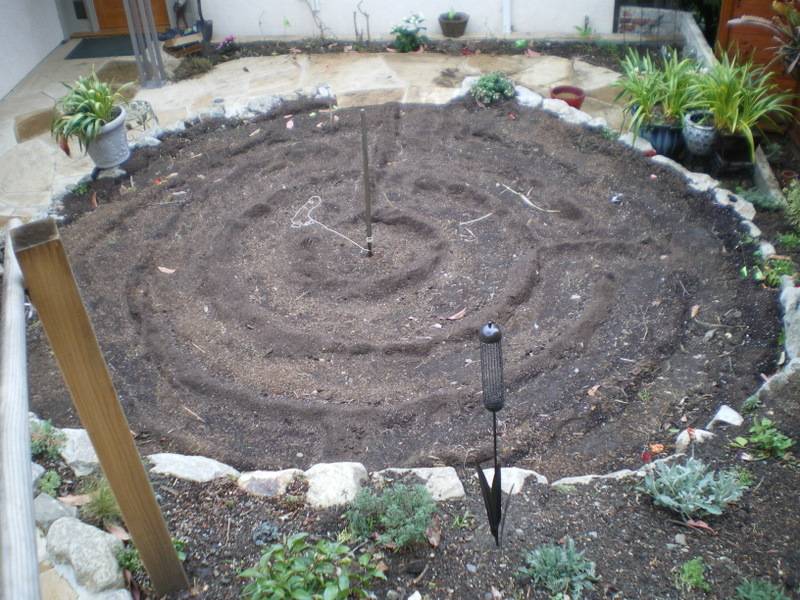 The idea for me was that it would work a little pause into my day—I tend to move very quickly. I planted the herbs I use most (parsley, oregano, cilantro, sage, chives) in the outer row, so I wouldn’t have to walk the whole labyrinth if I just wanted a sprig of one of them. I bought seedlings at Annie’s Annuals, the best retail nursery I’ve ever seen.
The idea for me was that it would work a little pause into my day—I tend to move very quickly. I planted the herbs I use most (parsley, oregano, cilantro, sage, chives) in the outer row, so I wouldn’t have to walk the whole labyrinth if I just wanted a sprig of one of them. I bought seedlings at Annie’s Annuals, the best retail nursery I’ve ever seen.
After three months, the labyrinth looks like this:
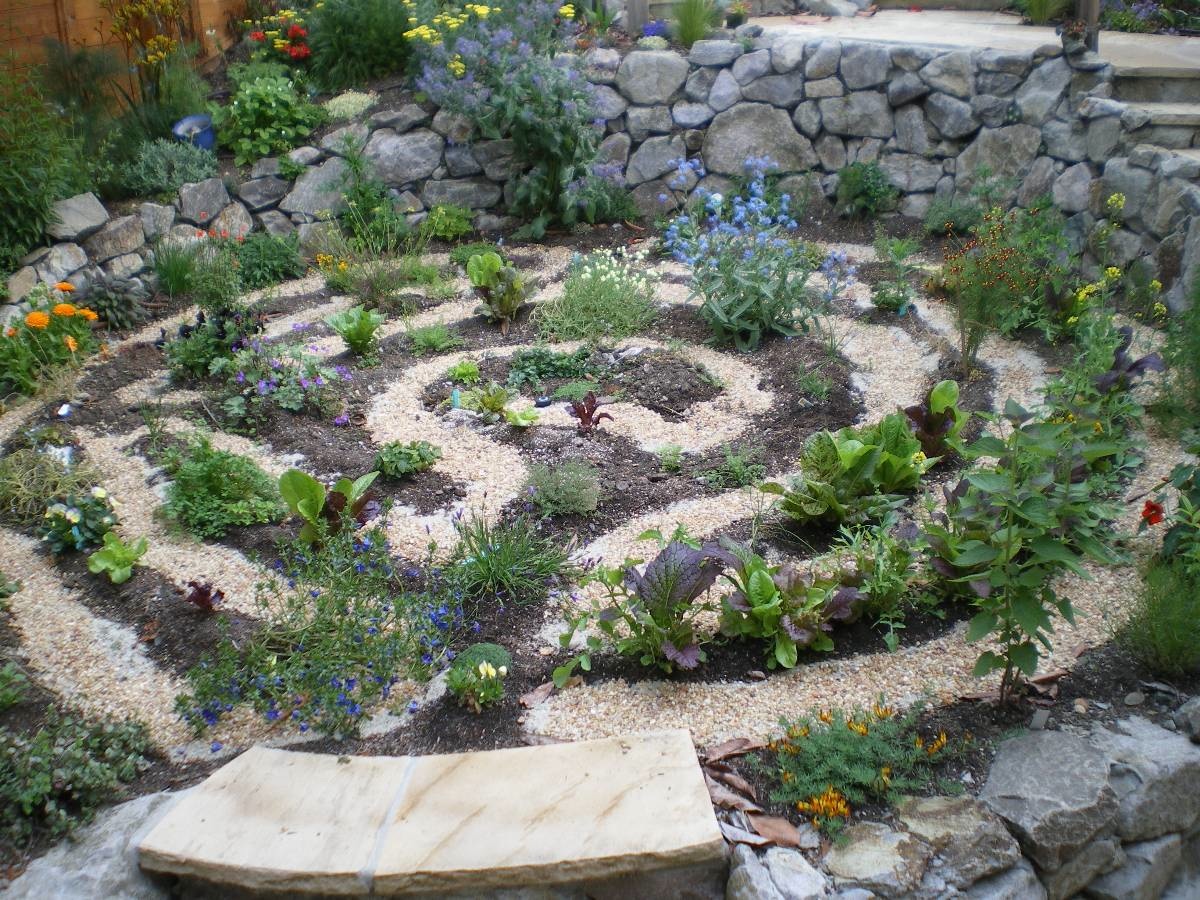 I have many interim shots, including one with the just-planted labyrinth filled with hail, which gave me the idea for the pale pebble walkway. But like pictures of one’s children, I may be more in love with them than you are, so I thought these two would suffice for now.
I have many interim shots, including one with the just-planted labyrinth filled with hail, which gave me the idea for the pale pebble walkway. But like pictures of one’s children, I may be more in love with them than you are, so I thought these two would suffice for now.
I pick from the labyrinth daily, and tend to walk the whole labyrinth at least once a week, gathering flowers for small bouquets as well as lettuces and herbs. I’ve been adding to the plantings as I go. It’s an ongoing project. And as it’s right in my entryway, it gives people some idea about who I am as they come in. I like that!

